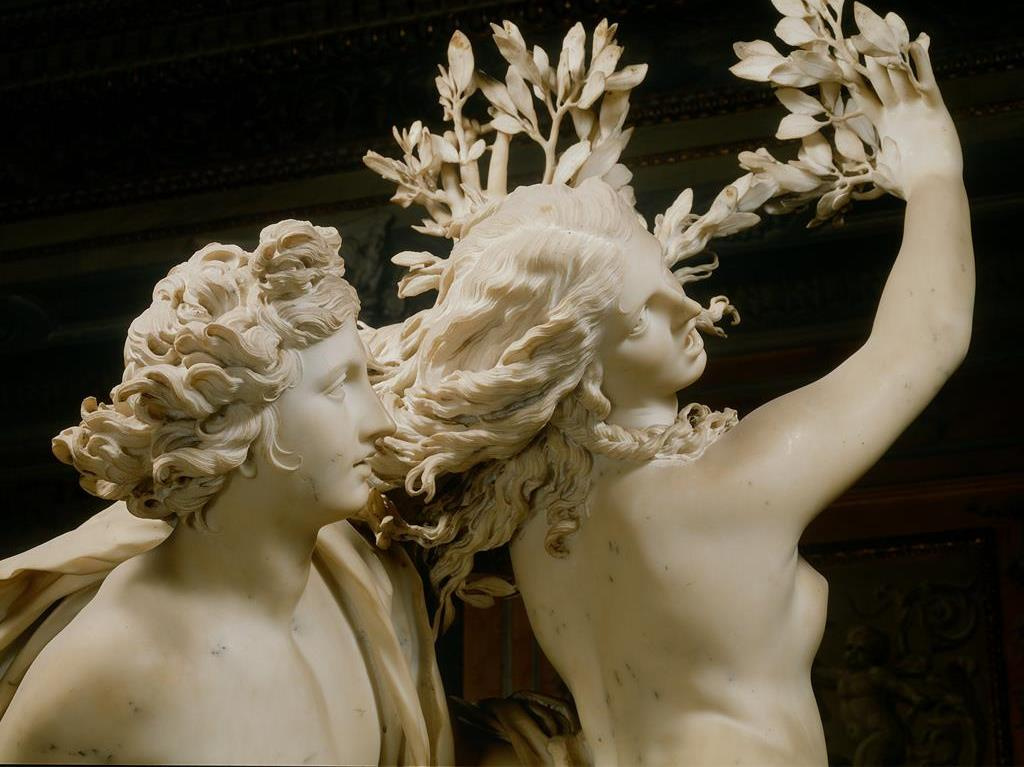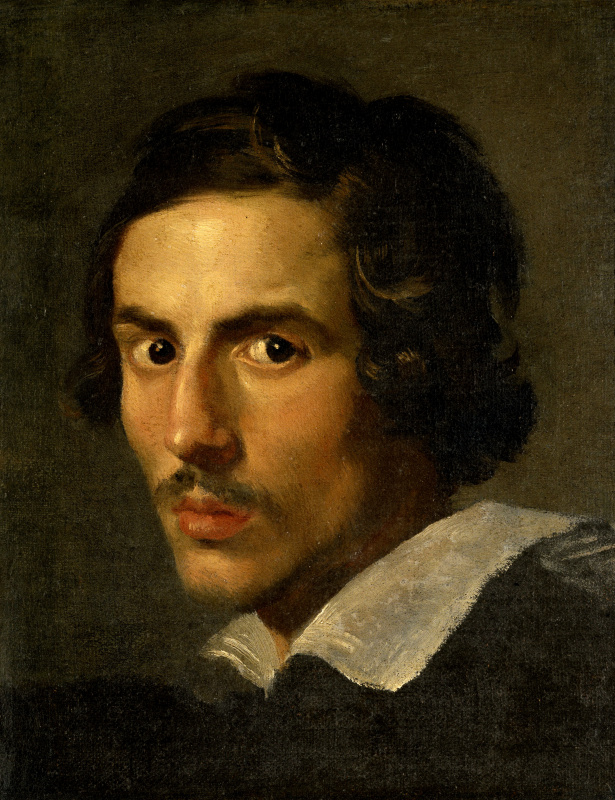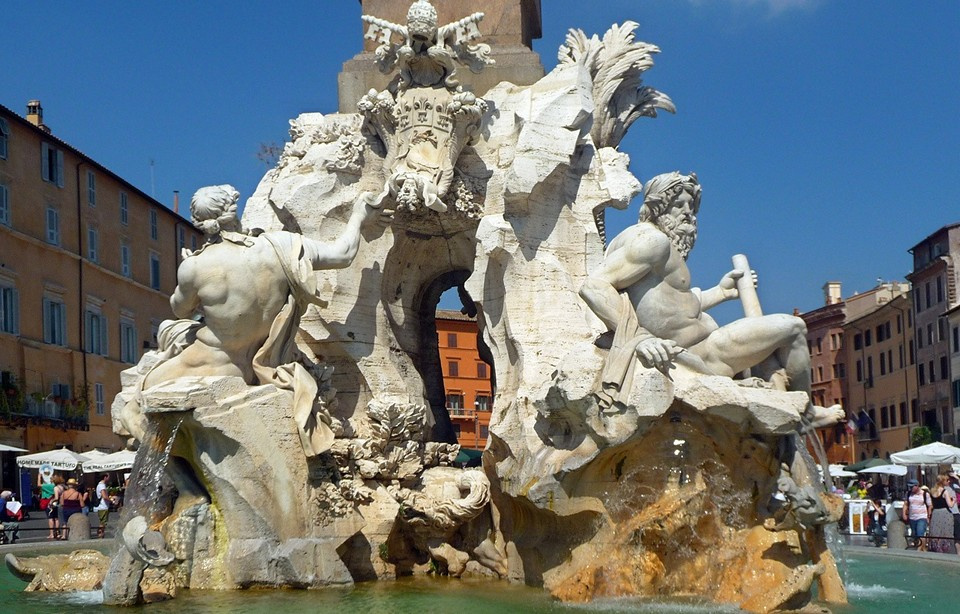There is probably no artist who has defined 17th-century Rome more than Gian Lorenzo Bernini. He worked under nine popes and left an indelible mark on the Eternal City. The best place where you can appreciate his talent and genius is the Borghese Gallery in Rome, a former villa of his first patron, Cardinal Scipione Borghese. Such a unique chance is given to us at the exhibition "Bernini" which gathered some 60 works by the genius architector and sculptor.

"I don’t think that there will ever be such a complete exhibit of Bernini," said Anna Coliva, the director of the Borghese Gallery.
Following the cardinal’s order, Gian Lorenzo Bernini created four monumental groups for the villa in the early 1620s, including the spectacular "Pluto and Persephone" and "Apollo and Daphne" which demonstrate his virtuoso skill to carve marble as if it were dough.
The precious pieces were lent by the leading world museums including the Louvre, the Los Angeles County Museum of Art and the Metropolitan Museum of Art in New York.
Left: Gian Lorenzo Bernini, Self-portrait, 1623. The Borghese Gallery, Rome.
The gallery’s halls offer a luxurious backdrop for the pieces. The display is mounted "in a way that we hoped that Bernini might have envisaged, had he been alive," Ms. Coliva added. The artist was a famous showman, playwright and creator of extravagant spectacles.

Gian Lorenzo Bernini, Pluto and Persephone (1621 — 1622). Left — sculpture at full height, right — detail.
The gallery has already organized a Bernini exhibition once before, when it reopened in 1998 after a lengthy renovation. Then, there were loans from other institutions among exhibits. Later on, there was a display built on the Borghese collection only. It fleshed out the artist’s individual career from his apprenticeship with his father, the sculptor Pietro Bernini (this life episode Gian Lorenzo "would later try to expunge," the curators said). The latest display showed a series of sculptures they crafted in collaboration as well as Gian’s independent artworks at the time when his ambition pushed him to become an all-around artist, adding architecture and painting to his already considerable skills.
Now, for the first time ever, over a dozen paintings are being shown under one roof. These are portraits and busts that are juxtaposed with the better-known marble and bronze works by Bernini, mostly of powerful clerics.
The marble portraits cover a 60-year period during which Bernini made a kind of a city directory "Who's Who" in Rome. The Louvre lent its bust of Cardinal Richelieu (see above), whom Bernini never met. He made the statue from a painting, something the curator Andrea Bacchi said was both an innovation and a challenge. "He wrote that it was hard enough to give the warmth and life of people to marble, but doing it without ever meeting the person is nigh-on impossible," the art historian commented.
The artist’s fame in his lifetime and even beyond it has made him a much-studied figure. Mr. Bacchi said that "Bernini is synonymous with the Baroque
and the Baroque
with Bernini."
Nonetheless, the Borghese exhibition provides new ideas for the research, and offers an opportunity to closely compare works that are placed usually thousands of miles apart, like two versions of the "Crucified Christ" lent by institutions in Madrid and Toronto.
Above left: Gian Lorenzo Bernini, The Crucified Christ (Corpus), ca. 1655. Art Gallery of Ontario (AGO), Toronto
Above right: Gian Lorenzo Bernini, The Crucified Christ (Corpus), ca. 1654−56. Palácio Real de Madrid
Nonetheless, the Borghese exhibition provides new ideas for the research, and offers an opportunity to closely compare works that are placed usually thousands of miles apart, like two versions of the "Crucified Christ" lent by institutions in Madrid and Toronto.
Above left: Gian Lorenzo Bernini, The Crucified Christ (Corpus), ca. 1655. Art Gallery of Ontario (AGO), Toronto
Above right: Gian Lorenzo Bernini, The Crucified Christ (Corpus), ca. 1654−56. Palácio Real de Madrid
Santa Bibiana
1626
Restoration work preceding the exhibition also led to discoveries. For example, the museum received a Bernini statue of St. Bibiana for restoration removed from its church. The sculpture had once been taken from its place before, during the bombing of Rome in World War II. Now the restoration — which cost 62,000 euros, or about $72,000 — suggested that it had probably been mounted incorrectly on its return.
Anna Coliva promised that once the exhibition is over, she tries to find funds to build a new altar for the church, so that the statue can be admired from the viewpoint Bernini had intended.
Anna Coliva promised that once the exhibition is over, she tries to find funds to build a new altar for the church, so that the statue can be admired from the viewpoint Bernini had intended.
The sculptor worked throughout Rome, and it’s clear that curators couldn’t move his monumental works like the sculptures in the Four Rivers Fountain in Piazza Navona (above) or in St. Peter’s Basilica (see Saint Longinus bellow). But they came up with a great idea: they gathered a series of models and sketches of such pieces, showing Bernini’s process of working.
The Savior
1679, 13 cm
The retrospective display "Bernini" is on view at the Borghese Gallery till 4 February 2018.
Written on materials of The New York Times. Title illustration: Gian Lorenzo Bernini, detail of "Apollo and Daphne" at the Borghese Gallery, Rome. Photo: via pinimg.com.















